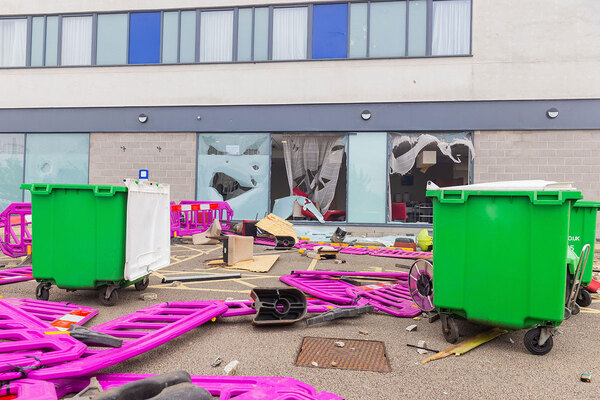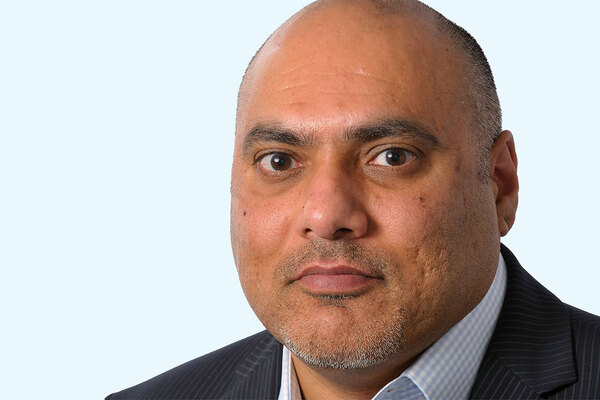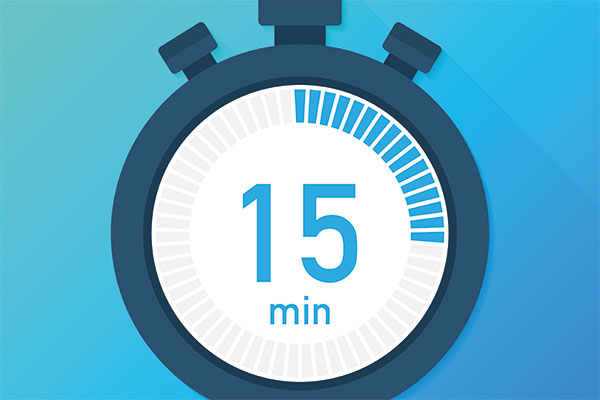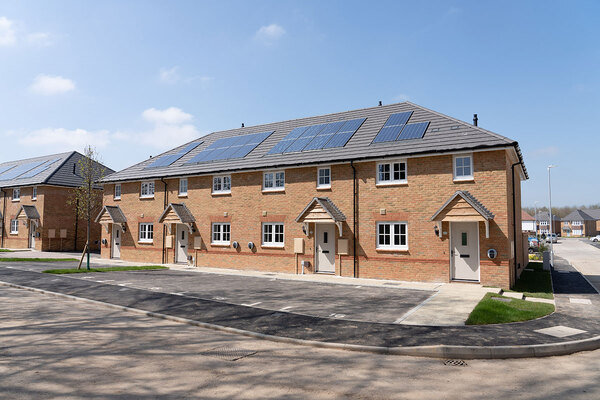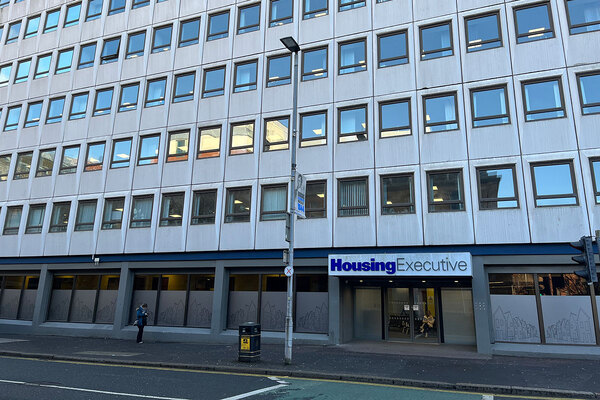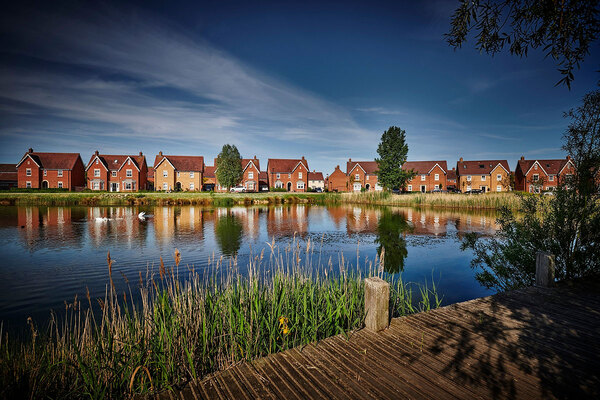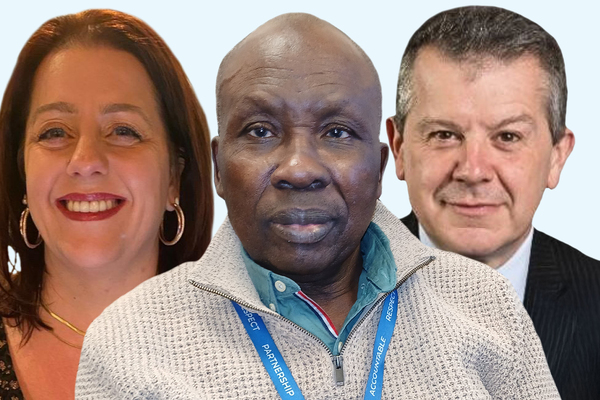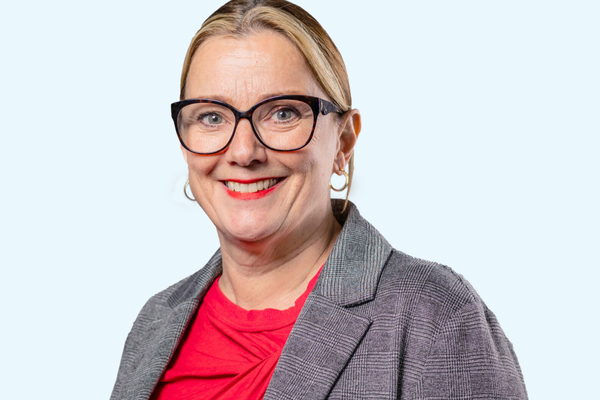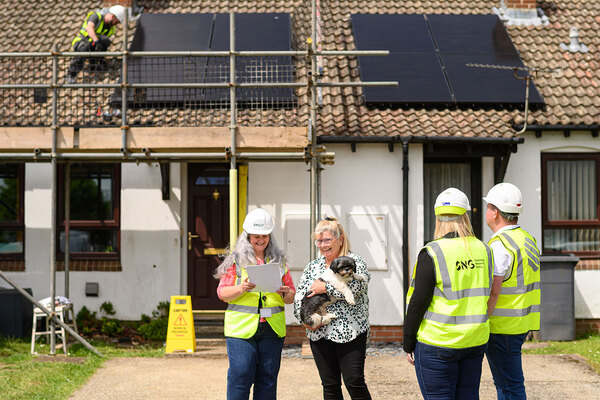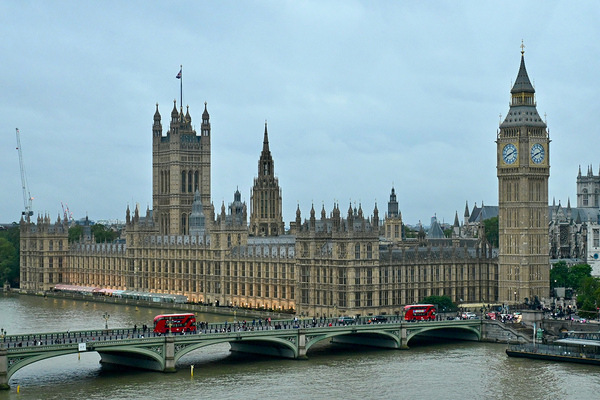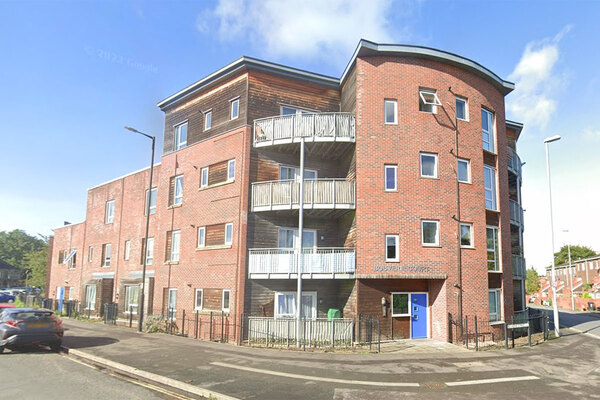You are viewing 1 of your 1 free articles
15 minutes with… Mushtaq Khan, chief executive of the Housing Diversity Network
Mushtaq Khan has been chief executive of the Housing Diversity Network since 2020. He tells Jenny Messenger about his ambitions for improving equality, diversity and inclusion (EDI) in the housing sector.
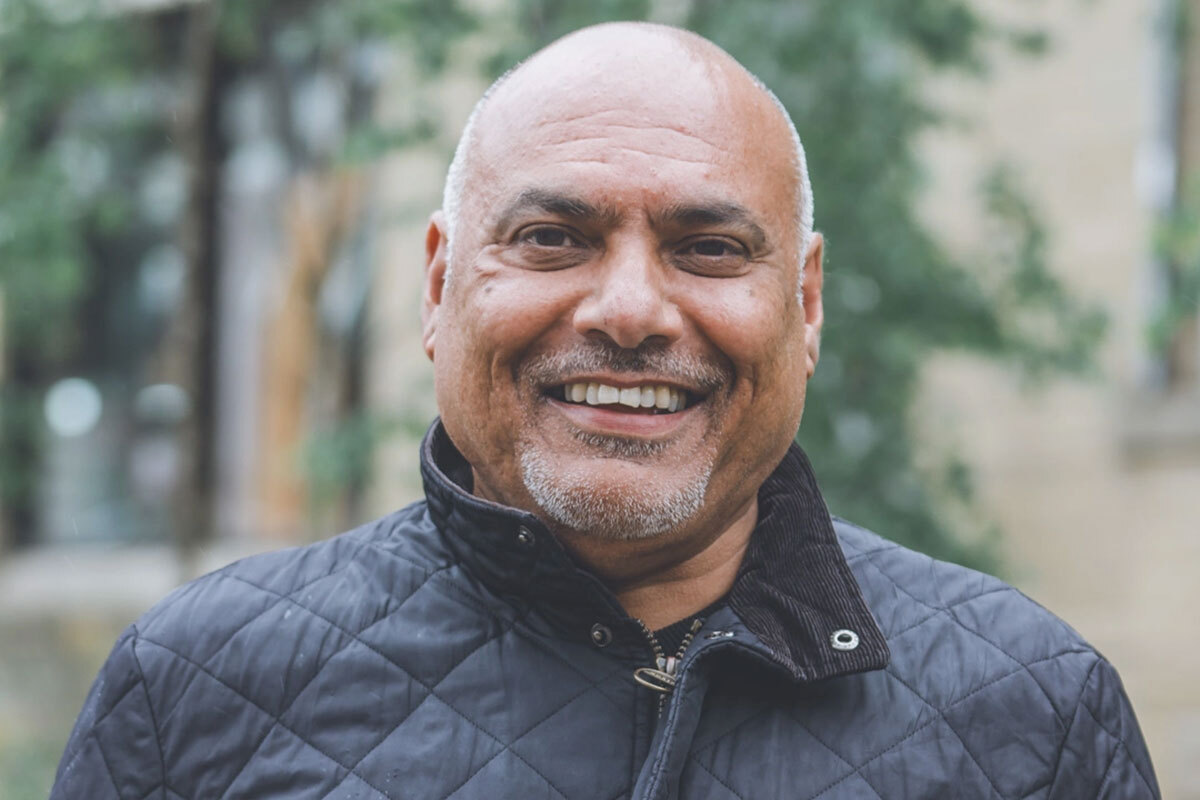
What does the Housing Diversity Network (HDN) do?
We work across the housing sector to help organisations be more inclusive. Since the lockdown in 2020, I think there have been some major drivers for change in the housing sector influenced by, first of all, the pandemic and the inequalities it highlighted – inequalities that were already there.
We obviously had the Black Lives Matter movement in 2020 as well, with real focus on racial inequalities in society, which also played out in housing. I think they’ve been major drivers for change.
Last year, we had the far right, Islamophobic riots – I think they’re also going to be a focus for change.
How did HDN respond to the riots?
We had a 14-point plan for organisations that we sent out the day after the riots to say, “These are the things that you should be looking at”. I think many organisations have been using them as a checklist. We included short, medium and long-term plans in there as to what housing organisations should be thinking about.
Ultimately, it’s about developing a strategy or a plan to bring communities together, promote community cohesion and tackle some of the myths and misinformation that are out there.
In my mind, building cohesive communities has tackling inequality at the heart.
Is there enough capacity within housing associations to combat this?
I don’t think so. I think over the past 10 or 12 years, most housing organisations have been concentrating on new build and development, and not on some of the community work that we promote.
I think also they’ve got more virtual, with a lot of work done by call centres and remote staff rather than local-based staff. Housing organisations have got bigger and inevitably, they’re not as well connected in the communities that they used to be.
All the work we’ve done has shown that the most connected organisations, for example, small Black, Asian and minority ethnic organisations perform best in this area.
Are organisations reflective of the communities they serve at the board and leadership level? I’d say probably not. That also plays out in responses to incidents like the riots.
How receptive are housing associations?
Over the past two or three years, I think there’s been a greater acceptance that the sector has got some way to go.
Our view at HDN is that we’ve been having the same debate for 30 years and we never actually moved forward as a sector. There are always one or two steps forward, but there’s quite often a step back, too.
Often it’s just individuals leading the calls – really good chairs, really good chief executives – but they’re few and far between. There’s no sector-wide initiative.
What is needed to bring about that sector-wide change?
We’re going to be pushing for equality and diversity to be one of the consumer standards. It shouldn’t be incorporated into the rest, in which case it gets lost with all the other things you want to do.
The standard could assess things like, how well you perform in this area? Have you got an action plan? Do you know the communities you work in? Do your staff and leadership team reflect the communities you work in? What does your equality and diversity plan look like? Have you got some metrics that you measure?
We also think that tenant satisfaction measures should be measured by ethnicity as well, because I think you’ll find that tenants from minority backgrounds will be less satisfied with the quality of service, less satisfied with the properties they live in, and less satisfied with the neighbourhoods they live in.
Data like that, as well as having equality and diversity as a separate consumer standard, would really help focus people’s minds, rather than just having it as an add-on issue.
Who should drive this change?
I’m really keen on boards taking the lead in this area. It’s got to be led from the top; boards have got to have an action plan. They’ve got to have some metrics to measure. I’m not talking about 30-page documents. I’m just talking about 10 things that they’d like to focus on and measure over the next three years or so.
I’m not how sure how receptive people will be, but hopefully it will give people some food for thought.
I remember the old Housing Corporation – a predecessor of the Regulator of Social Housing – used to have Good Practice Note Four and Good Practice Note Eight, which said what things had to be done around equality and diversity. Although they were very prescriptive, they did concentrate people’s minds.
What do you think about the push for professionalisation in housing?
We’re really keen to have a professional, well-qualified sector. We support things like that. We’ve just got to be conscious that when people are going through the professional qualification that people from different backgrounds are encouraged to apply.
‘15 minutes with…’ series
In our ‘15 minutes with…’ series, we have a quick chat with the biggest names in the sector about the most important issues.
Previously, we have featured:
Mushtaq Khan, chief executive of the Housing Diversity Network
Barbara Brownlee, chief executive of Soho Housing
Eddie Hughes, former minister for rough sleeping and housing
Geeta Nanda, chief executive of Metropolitan Thames Valley Housing
David Bogle, chair of Homes for Cathy
Laurence Carr, money coach at Yorkshire Housing
Dinah Roake, chair of the London Housing Panel
Sheron Carter, chief executive at Hexagon
Helen Spencer, executive director of growth at Great Places
Julie Wittich, executive director of assets and sustainability at Accent
Ian Mulheirn, executive director of policy at the Tony Blair Institute for Global Change
Kevin Ruth, chief executive of Together Housing
Piers Williamson, chief executive of The Housing Finance Corporation
Seyi Obakin, chief executive at Centrepoint
Fayann Simpson, senior independent director at L&Q
Mark Perry, chief executive at Vivid
Rose Bean, executive director of assets and sustainability at Abri
Ruth Cooke, chief executive at GreenSquareAccord
Ben Denton, managing director at L&G Affordable Homes
Simon Dudley, chair at Ebbsfleet Development Corporation
Emma Palmer, chief executive at Eastlight Community Homes
Tracy Harrison, chief executive at Northern Housing Consortium
Sign up for our daily newsletter
Already have an account? Click here to manage your newsletters
